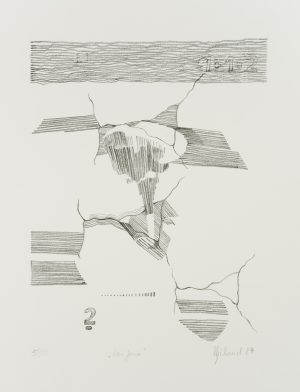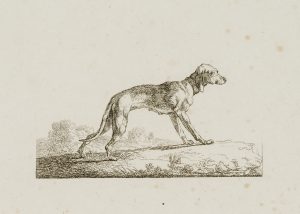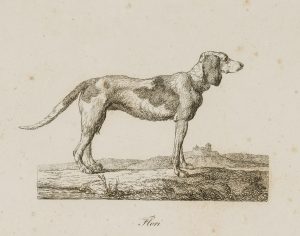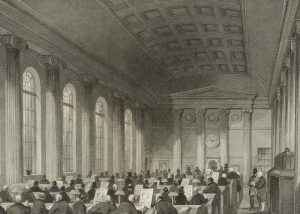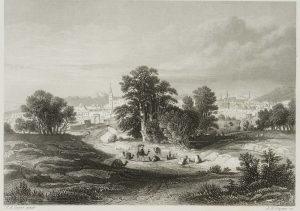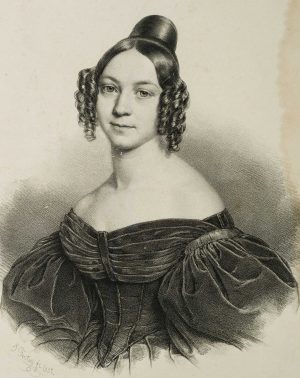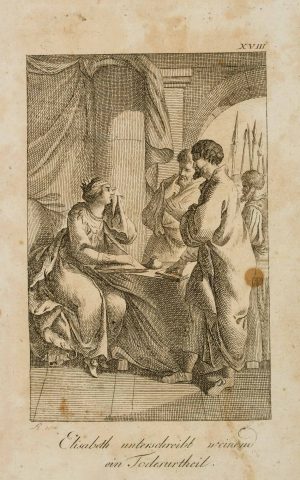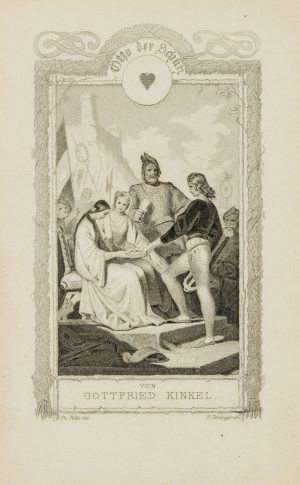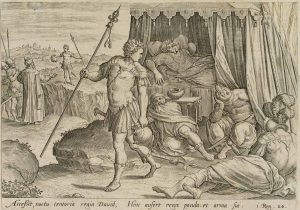H. Partout (18. Jahrhundert), Gerüsteter Kämpfer auf Schlachtfeld gewährt Gnade, 18. Jahrhundert, Kupferstich
- Technik: Kupferstich auf Papier
- Bezeichnung: Unterhalb der Darstellung in Druckplatte vom Künstler signiert.
- Datierung: 18. Jahrhundert
- Beschreibung: Nach einer Vorlage von Stephen Francis Dutilh Rigaud (1777 London – 1861 ebd.).
- Schlagworte: Militär, Niederlande, Klassizismus, 1700-1749
- Größe: 29,1 cm x 18,9 cm, Druckplatte: 17,2 cm x 13,0 cm, Darstellung: 12,0 cm x 9,0 cm
- Zustand: Guter Zustand. Entlang der oberen und unteren Blattkante sind deutliche Stockflecken und Verschmutzungen sowie Knickspuren feststellbar. Zusätzlich sind auf dem gesamten Blatt schwache Verschmutzungen sowie ein blasser Flüssigkeitsfleck im unteren Drittel erkennbar. Jeweils ohne nennenswerte Auswirkung auf die Darstellung.
English Version:
H. Partout (18th century), Scaffolded fighter on battlefield grants mercy, 18th century, Copper engraving
- Technique: Copper engraving on Paper
- Inscription: Signed by the artist in the printing plate below the image.
- Date: 18th century
- Description: Based on an original by Stephen Francis Dutilh Rigaud (1777 London – 1861 ibid.).
- Keywords: , 18th century, Classicism, Military, Netherlands,
- Size: 29,1 cm x 18,9 cm (11,5 x 7,4 in), Plate: 17,2 cm x 13,0 cm (6,8 x 5,1 in), Depiction: 12,0 cm x 9,0 cm (4,7 x 3,5 in)
- Condition: Good condition. Clear foxing and soiling as well as crease marks are visible along the upper and lower edges of the sheet. In addition, faint soiling is visible on the entire sheet as well as a pale liquid stain in the lower third. In each case without significant effect on the image.











